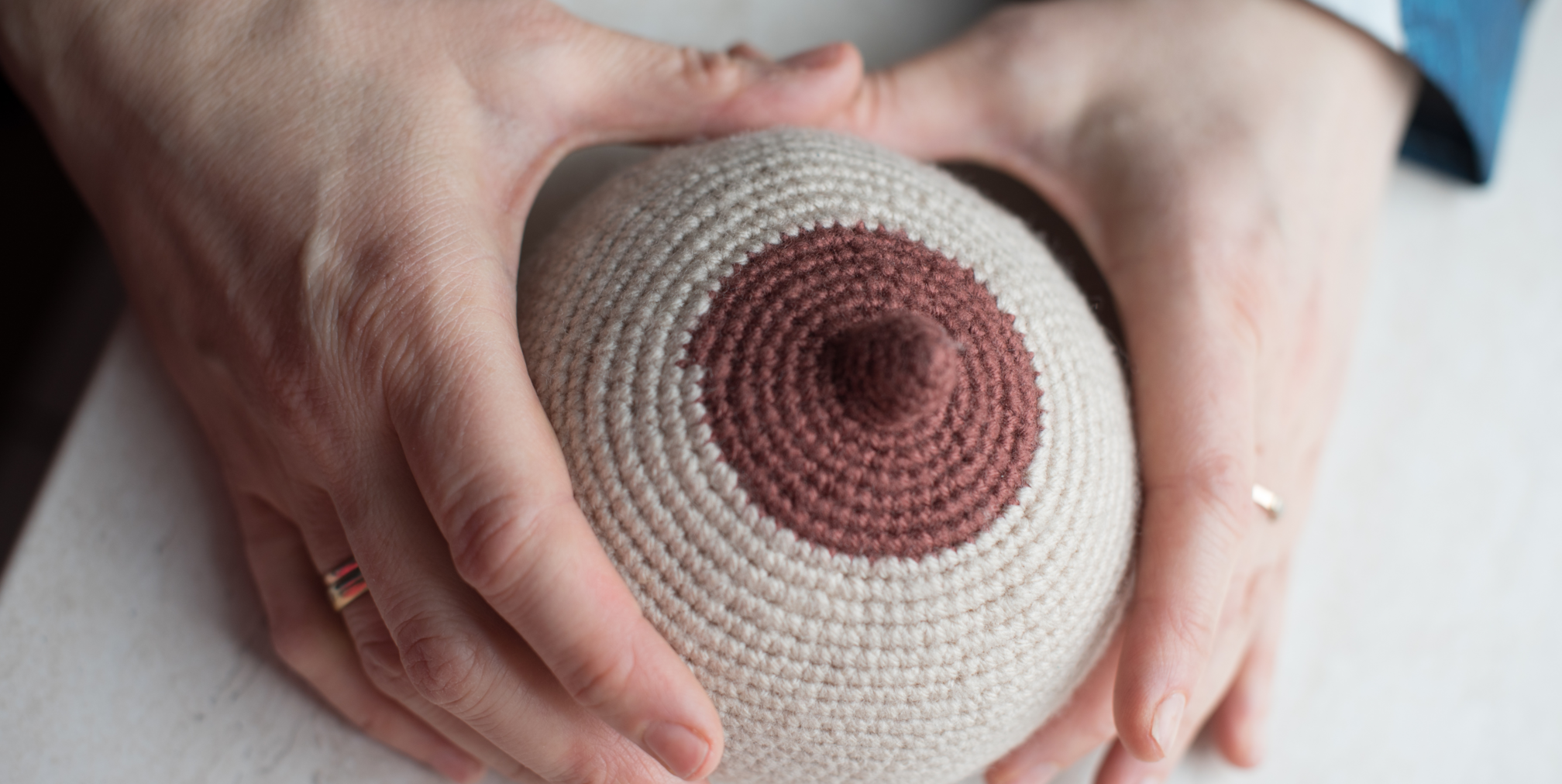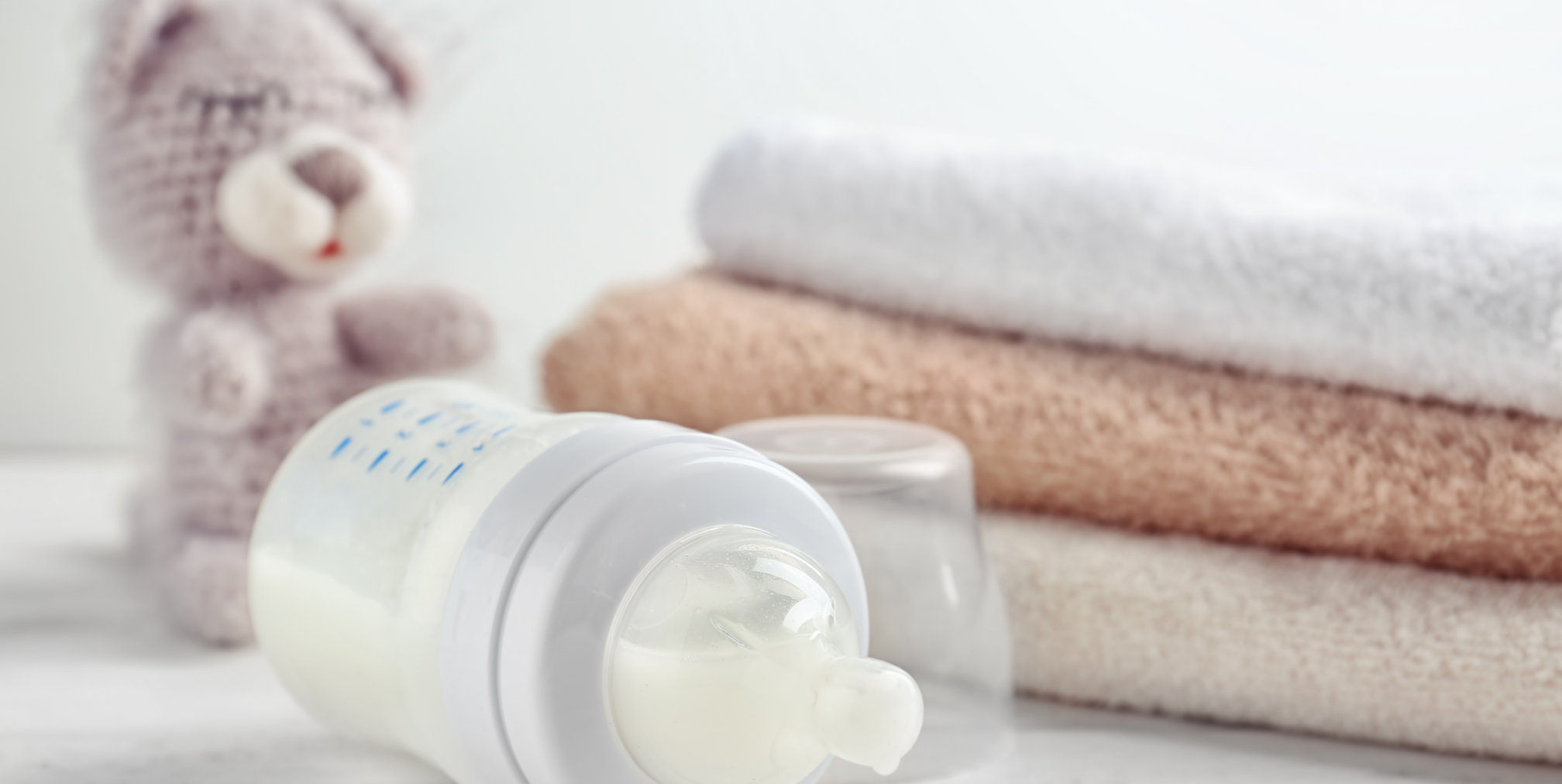If you’ve been using a nipple shield to help with breastfeeding and are now looking to transition your baby to nursing directly at the breast, you might encounter some initial resistance. This is completely normal! Babies can get accustomed to the feel and shape of the shield, and switching things up can be confusing at first. But don’t worry, with a little patience and some helpful techniques, you can successfully wean your baby off the shield and enjoy the benefits of skin-to-skin contact during breastfeeding.
Here are some strategies to encourage your baby to latch comfortably without the nipple shield:

1. Drip Feeding
Sometimes, all it takes is a little nudge in the right direction. Try using a syringe filled with room-temperature breast milk to gently drip milk onto your nipple and towards your baby’s lips while they’re already positioned near the nipple (without the shield). This familiar taste might be enough to trigger their sucking reflex and encourage them to latch on.
2. Movement Magic
Babies often find rhythmic movement soothing. Consider feeding your little one while bouncing gently on an exercise ball. The deep bounce can mimic the feeling of movement they experienced in the womb, promoting relaxation and making them more receptive to latching. Deep rhythmic bouncing also has the added benefit of triggering the sucking reflex

3. Timing is Key
A hungry baby might be more frustrated and less likely to experiment with a new latch. Aim to offer the breast when your baby shows early hunger cues like rooting or fussiness, but before they become full-blown cries. Alternatively, a drowsy baby might be more open to trying something new. Experiment with offering the breast just before a nap or after a gentle wake-up.
4. Warm Water Bliss
Breastfeeding in a warm bath can be incredibly relaxing for both you and your baby. The warm water can ease any tension and create a calming environment that might make your baby more receptive to latching without the shield. Remember, if you choose this method, ensure a trusted helper is present to assist you in getting out of the tub safely.
5. Bait And Switch
If your baby latches on comfortably with the shield initially, try gently removing it mid-feed once your milk flow has started. This way, they’ve already gotten a taste and might be more willing to continue nursing without the shield’s assistance. Also, the nipple will be more protruded.

6. Focus on Calm
Frustration is contagious! If your baby becomes upset during latching attempts, take a deep breath and step back. Focus on calming yourself and your baby before trying again. There’s no pressure to succeed every time.
7. Distraction Techniques
Sometimes, a little distraction can work wonders. Try singing a soothing song to your baby while positioning them at the breast, or use playful sounds and facial expressions to capture their attention. This can take their focus away from the absence of the shield and encourage them to latch on naturally.
8. Prime Time Pumping
If your baby seems hesitant to latch directly, try expressing some milk beforehand using a pump. This can create a stronger flow, and help the nipple be more everted making it easier for your baby to latch on and nurse effectively without the nipple shield.
Remember, weaning from a nipple shield is a gradual process. Be patient with yourself and your baby. Don’t hesitate to seek support from a lactation consultant who can provide personalized guidance and address any specific challenges you might encounter.







